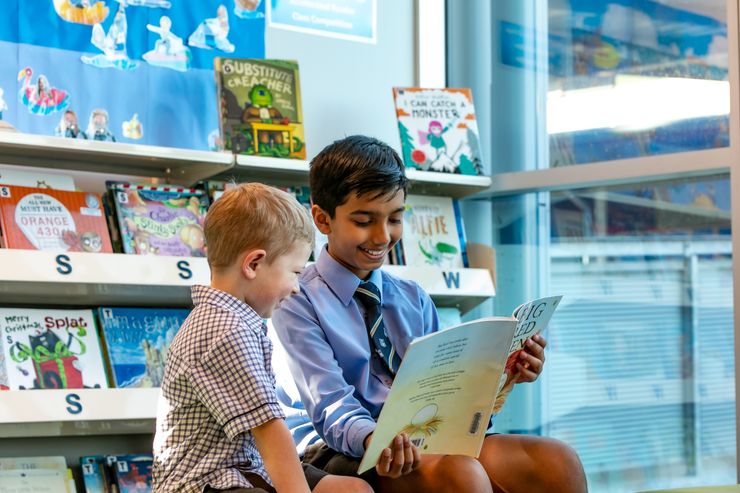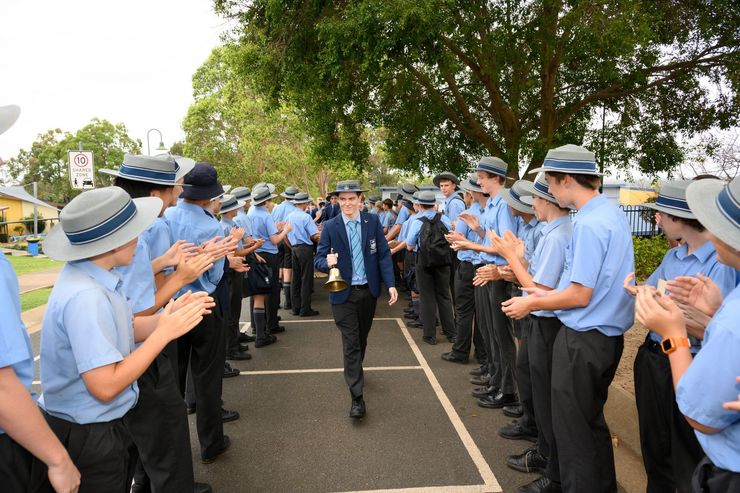Standing Together - MBBC Making Personal Protective Equipment for Brisbane Medical Staff
Design Technology is often associated with creativity and innovation and in recent times has been very focussed on Human Centred Design. A review of human history demonstrates that advances in technology are often initiated by crises. The global COVID-19 pandemic is no exception and has motivated schools and universities to help in any way they can, including raising money for hospitals, and making Personal Protective Equipment (PPE) for medical professionals.
Edward Cox, MBBC’s Design Technology Teacher, has embraced the skills developed from teaching Human Centred Design to the Year 10, 11 and 12 students to design and manufacture protective visors for medical staff at Mayfair Medical Centre, Thornlands Surgery and Baywest Medical Centre. Mr Cox contacted a range of medical organisations and found that hospitals were much better resourced than local medical centres, who quickly and gratefully accepted his offer to make PPE for their surgeries.

Mr Cox tried to use the school’s 3D printers to make the visors initially, but soon realised that this option was not feasible as the bed sizes on the printers were too small and the process would be much more time-consuming. Using the school’s laser printer turned out to be a much better option for cutting the different components of the visor. Through the help of the college’s Design Technician, Kerrie Mackay, most of the components were laser cut out of polypropylene. A hole punch was used to create holes in the acetate sheets for the visors - a simple and quick solution. With hygiene taking priority, a key consideration in the design process was wearing gloves and a mask during the manufacturing of the visors.

The process of putting together the components that make up the mask was tested and found to be quick and simple. Mr Cox therefore suggested to the medical staff in each surgery, that it would be more efficient for transport, easier to clean and better for storage at the medical centres if the components were delivered in ‘flatpacks’, allowing for quick assembly at the destination. The Medical Centres thought that was a great idea and confirmed they would be happy to do the assembly. It is expected that approximately 300 visors will be supplied in total during the week beginning 27 April 2020.
“This is an excellent real-life example of how Human Centred Design can be used to solve problems and provide solutions” said Mr Cox. “The five key steps of the Design Process have been used here to Identify and Research the Problem, Generate Possible Solutions and Select the Best Solution, Create a Model of the Solution, Test the Model, Refine and Re-test, and then, as an extra step, Communicate the Final Solution to the medical professionals.”
Mr Cox concluded by saying that “we are extremely proud of the role that the school has been able to play in supporting our community and assisting medical professionals to remain safe during this time”.
Kerrie Mackay
Design Technician


